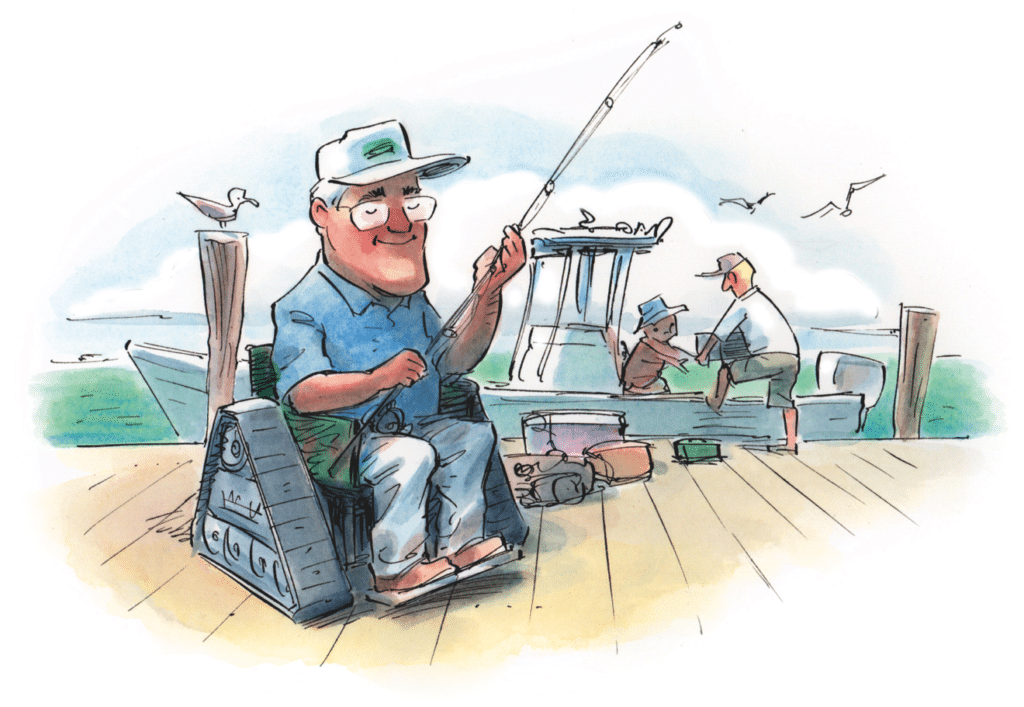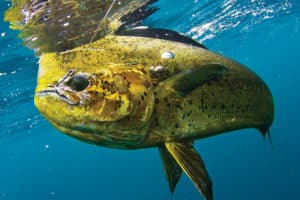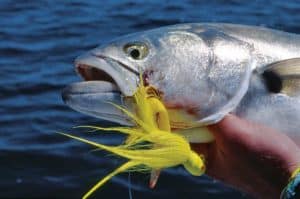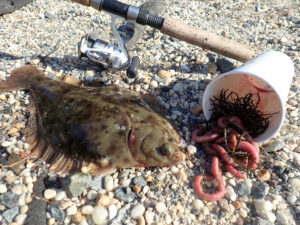
Do It or Lose It Barta
In 27 years writing this page, I don’t think I’ve ever written a column like this — matter of fact, it’s not really a column: It’s a wake-up call (in a very nice way, of course).
In every course of life, there are winners and losers: people who excel and those who are lazy. But no matter how much money you have — or don’t have — great anglers, wherever they’re fishing, know that the fish of a lifetime could show up on any given day. But you’ve got to be prepared.
Enter my checklist. This list of to-dos is for everyone, including myself. So let’s get to it.
Rods: Whether spinning, fly or trolling rods, check guides with cotton balls for burrs; roller guides should be disassembled, lubed and reinstalled from time to time; connecting joints of spinning and fly rods should be inspected with a magnifying glass; and always check rod butts for wear.
Reels: All reels must be disassembled annually (or after every monster battle). Check drags and drag plates, and lube properly. Inspect drags for smoothness using a scale. Many plastic parts are being used to reduce weight these days, but just remember: The sun takes a toll no matter what they say, so keep your reels adequately protected.
Line: Change out at least twice a year. If you’re catching lots of fish, it might become a weekly or monthly event. Everyone today is using a braided line as backing because it offers more capacity. But be aware that backing can rot, so don’t be afraid to change it out. Many spinning folks are also using braid exclusively as a main line, but it can abrade your guides over time. So keep a careful eye on that too.
Care of Catch: Do you have enough ice? What about knives, files, baggies, coolers, salt for brine, an ice pick and a fish bag? Remember: You don’t want to waste the bounty God has given you.
Rigs: I don’t care if it’s a New Zealand-rigged mackerel for blue marlin or a striped bass leader — if it’s not perfect, don’t put it in the water. Let me repeat: If it’s not perfect, don’t use it!
Drags: I’ve checked my drags on every trip I’ve ever taken, be it a weekend fluke trip with the family or chasing world records. Take it for what it’s worth.
Repacking Reels: I always let a considerable amount of line off the reel while running back to port with the swivel removed to eliminate line twist. When repacking, crisscross the line every once in a while to prevent it from cutting in. This ensures the line’s integrity and sound knots for the next trip. This is a big deal.
Terminal Tackle: Before any trip, you need to think about the quarry you’re pursuing. Do you have what is needed on board? I’m talking about the smallest, simplest of things: swivels, proper leader material, hooks and reel parts. Sounds basic, but it can be extremely important.
Survival Equipment: Then there’s the most important category. Always have on board a life raft, survival suits (with zippers waxed), up-to-date EPIRBs, a crash bag with food, drinking water, survival rations, medical kit, red and white flares, life vests, strobe lights, police whistle, watertight cell phone, sat phone, and suntan lotion.
The Devil Is in the Details: It’s been my experience that many problems surface before they fail. So, if you hear a whining noise in your live-bait pump during a tournament, you’d better check it out immediately. If not, you might lose that bait pump — and probably the tournament.
Fishing is about enjoying the great outdoors with friends and family. But it’s also a celebration of being as perfect as the prey you pursue. That’s how I see it, anyway, and that’s why a lot of people don’t like to fish with me. But it’s also part of the reason I’ve accomplished what I have in my lifetime.
Till next tide,
Capt. Tred Barta
For all things Tred, go to tredbarta.com.








